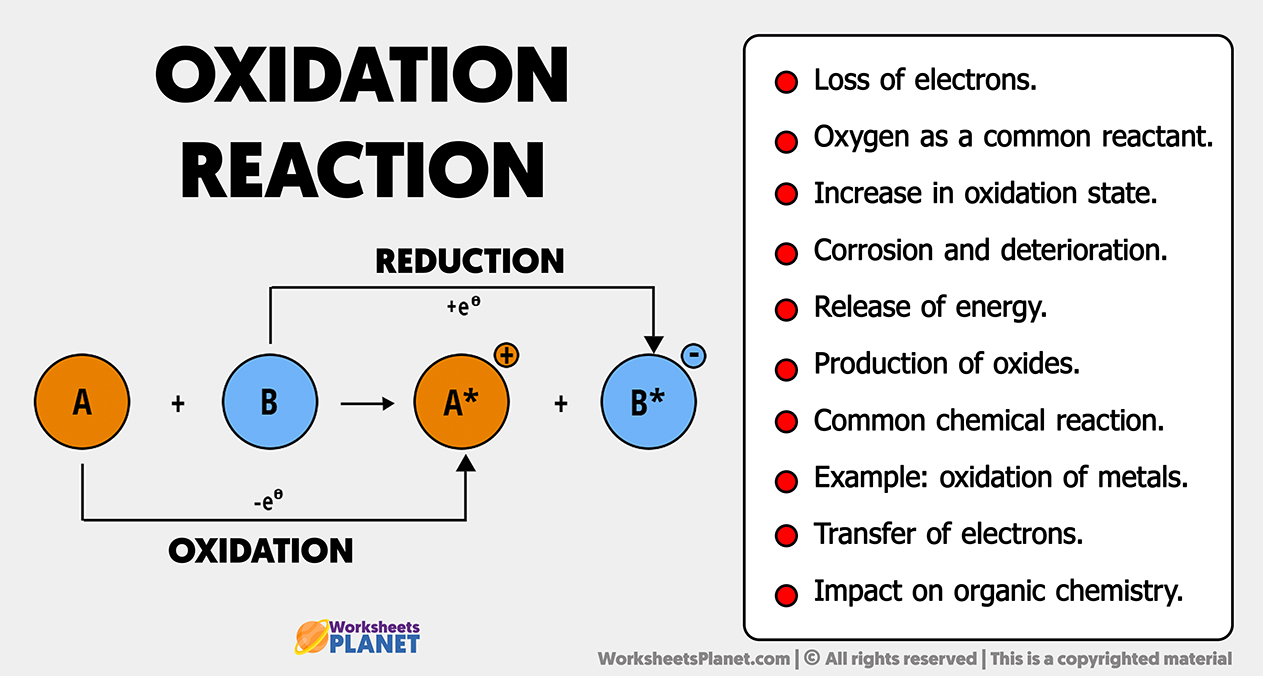Cellular Respiration: Pathways and Processes Section 4: Citric Acid Cycle (Krebs Cycle)
1/11
Earn XP
Description and Tags
Chemistry
Organic Chemistry
A-Level Biology
AQA
Biological Molecules
Cellular Respiration: Pathways and Processes Section 4: Citric Acid Cycle (Krebs Cycle)
Cellular Respiration: P&P Section 4
Section 4: Citric Acid Cycle (Krebs Cycle)
Citric Acid Cycle (Krebs Cycle)
Section 4
Module: 8
Kreb cycle
Citric acid cycle
Cellular respiration
Name | Mastery | Learn | Test | Matching | Spaced |
|---|
No study sessions yet.
12 Terms
Citric Acid Cycle
Second step of cellular respiration oxidizes acetyl CoA, producing ATP and carriers.
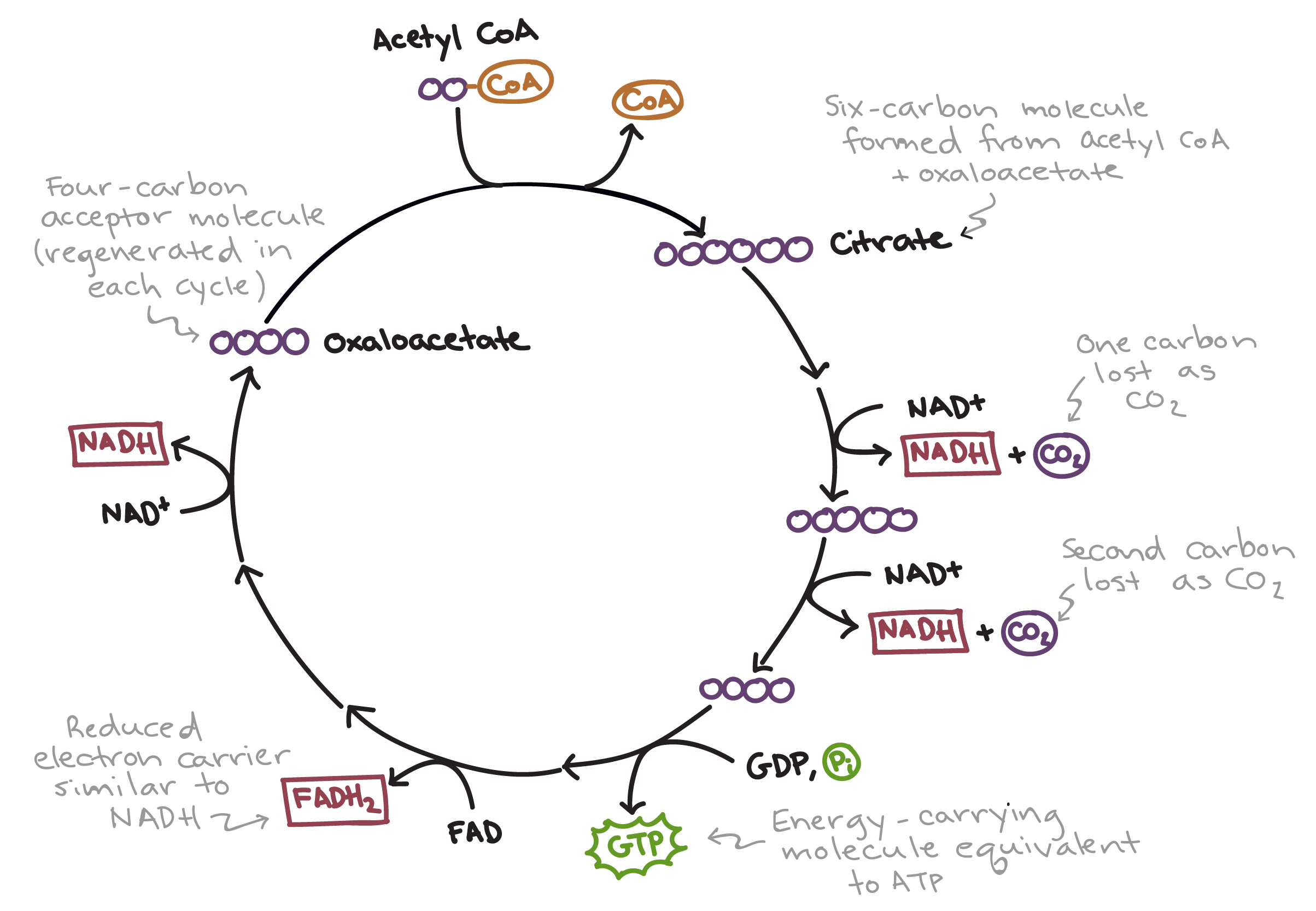
Krebs cycle
Another name for the citric acid cycle.
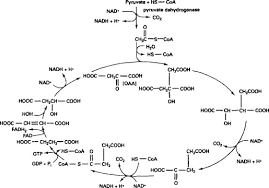
Oxaloacetate
Four-carbon molecule combining with acetyl CoA.

Citrate
Six-carbon compound formed in the citric acid cycle.
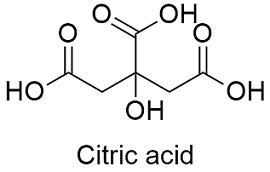
FADH2
Reduced FAD is an electron carrier transporting electrons.
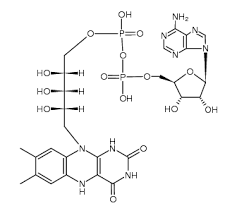
Acetyl CoA
Pyruvate oxidation produces high-energy compound for citric acid cycle.
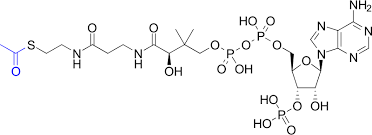
Mitochondrion
Organelle where aerobic respiration occurs (site of the citric acid cycle in eukaryotes).
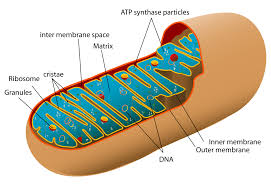
Enzyme
Catalyst speeding up biochemical reactions (many enzymes involved in the cycle).
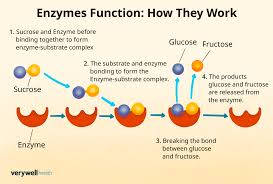
Chemical energy
Energy stored in molecular bonds (transformed during the cycle).
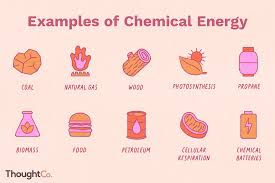
Active transport
Energy-dependent movement of molecules across membranes (relevant for moving molecules in/out of mitochondria for the cycle).
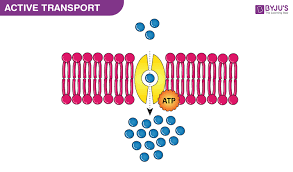
High potential energy
Energy-rich state of acetyl CoA (entering the cycle).
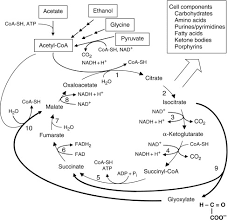
Oxidation
Loss of electrons from a substance.
